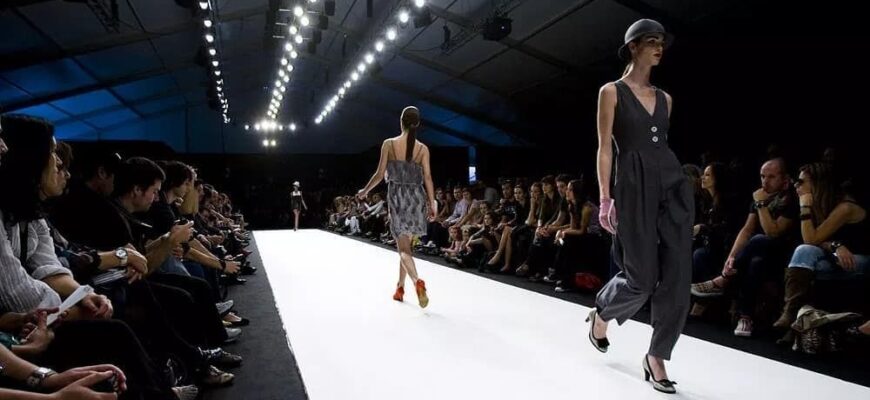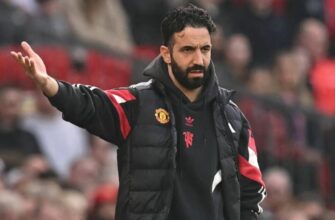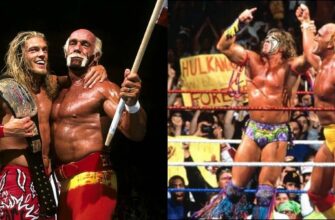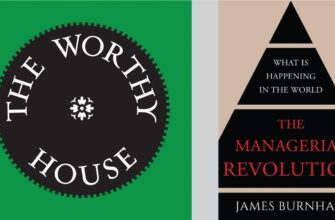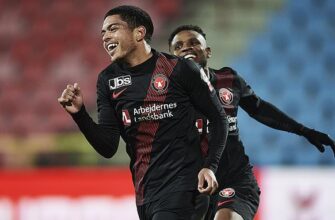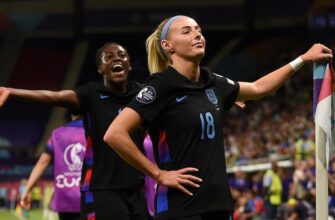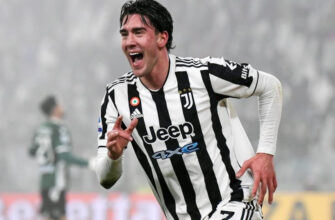Picture the scene: a professional football team arrives at a stadium. Not in their sweat-wicking kits, but in impeccably tailored suits, designer streetwear, or perhaps a sharp, branded ensemble. This isn`t merely a matter of personal taste or celebrity flair; it`s the visible manifestation of a profound, strategic alliance between two seemingly disparate worlds: high fashion and professional sports. What began as a subtle nod to individual style has blossomed into a sophisticated ecosystem of partnerships, redefined brand identities, and newly discovered revenue streams.
The Fashion Industry`s Pivot: A Quest for New Horizons
For centuries, luxury fashion thrived on exclusivity, catering to an elite clientele whose purchasing power was as boundless as their desire for bespoke elegance. However, even the most revered fashion houses eventually confront a fundamental market reality: the pool of ultra-wealthy individuals is inherently finite. As Thomai Serdari, Director of the Luxury and Retail MBA program at New York University, aptly points out,
“When they have capital structures that are very capital-intensive to operate, they need to find a new area of growth.”
Enter professional sports. With its global reach, passionate fan bases, and constant media attention, it presents an irresistible frontier. This isn`t about diluting luxury; it`s about intelligent brand expansion. By forging formal partnerships with major sports teams and events, brands like Louis Vuitton, known for crafting bespoke trophy cases for the FIFA World Cup and NBA Finals, leverage the massive psychographic appeal of sports fans. These fans, categorized by shared attitudes and lifestyles rather than just demographics, represent a vast, engaged audience ripe for subtle, aspirational exposure to luxury. It`s a calculated move to embed high-end aesthetics into the mainstream consciousness, turning a casual glance at a footballer`s arrival outfit into a silent advertisement.
Sports Teams and Athletes: Beyond the Pitch and Court
The benefits, of course, flow both ways. For sports clubs, traditionally reliant on broadcasting rights, ticket sales, and merchandise, these fashion collaborations unlock innovative revenue streams and propel them beyond the confines of athletic competition into the realm of global cultural brands. Fabien Allegre, Chief Brand Officer for Paris Saint-Germain (PSG), articulated this vision perfectly:
“To make Paris Saint-Germain a global brand both on and off the pitch, and for me, the objective was to be both a successful football club and a cultural brand in its own right.”
PSG`s journey exemplifies this transformation. Their trailblazing partnership with Jordan Brand—a bold fusion of basketball heritage and football—resulted in kits worn on the pitch and popular athleisure collections. This wasn`t merely a co-branding exercise; it was an authentic merger of two powerful entities, proving that style points could genuinely complement sporting prowess. More recently, PSG`s formalwear partnership with Dior, and Inter Milan`s with Canali, underscore a deeper, more sophisticated strategy. These collaborations are not designed to turn every fan into a luxury consumer overnight. Instead, they serve as crucial pieces in the intricate puzzle of brand-building, adding layers of sophistication and global appeal.
Athletes themselves emerge as powerful ambassadors. No longer just sports stars, they are increasingly recognized as fashion icons and influencers. This provides them with access to high-value sponsorships and ambassadorships, opening entirely new revenue lines and, importantly, offering a platform for personal expression. As Serdari notes, these partnerships allow athletes to
“express themselves and dress themselves in a way that is fun for them but also appeals to their audiences so it only allows the relationship between their own audiences and themselves their own personal brands to be stronger, to be more cohesive.”
The pre-match walk, once a functional necessity, has become a runway, subtly shaping the public`s perception of both the player and the brand they represent.
The Cultural Confluence: More Than Just Clothes
This evolving relationship between fashion and sports is deeply rooted in contemporary consumer behavior. The new generations, particularly Millennials and Gen Z, are less interested in mere product consumption and more captivated by “brand and experience consumption.” For them, attending a match or following a team is part of an “experiential lifestyle.” Within this immersive lifestyle, they are more receptive to discovering new products and brands, often through the visual cues provided by their sporting heroes or beloved teams.
There`s an elegant irony at play here. While luxury once signaled exclusivity through scarcity and price, its modern manifestation in sports seeks a broader, yet still aspirational, engagement. It`s about identity, emotion, and movement, as Allegre aptly describes it. When fashion and sport converge authentically, they create powerful narratives that resonate far beyond the confines of a boutique or a stadium. A jersey spotted in a concept store, or a formal suit worn by a player on a global stage, becomes a subtle invitation into a broader cultural universe. It`s a testament to the ingenuity of modern marketing: to transform a simple garment into a gateway, and a sporting event into a curated lifestyle experience.
In this dynamic new age, the fusion of luxury fashion and elite sports is more than a trend; it`s a strategic evolution. It’s a testament to how industries adapt, innovate, and find common ground in their shared pursuit of influence, engagement, and the ever-elusive attention of the modern consumer. The beautiful game, it seems, has found a new, exceptionally well-dressed partner.

